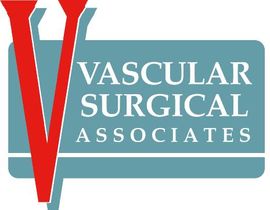Central Auckland, East Auckland, North Auckland, South Auckland, West Auckland > Private Hospitals & Specialists >
Vascular Surgical Associates
Private Service, General Surgery, Vascular Surgery
Varicose Veins
These are bulging veins that lie just beneath the skin (superficial veins). They occur when the walls of a vein are weak or damaged or if the valves in the vein that normally stop the blood from flowing backwards are impaired, resulting in pooling of the blood and stretched veins. Besides being unattractive, varicose veins can be painful and cause swelling, inflammation or ulceration.
Minor varicose veins may be able to be treated by injection sclerotherapy but more significant varicose veins are usually more effectively treated by vascular surgery. At surgery the faulty valves are tied off and the damaged veins removed. The main damaged vein is usually stripped out from the thigh area whereas the smaller bulging veins are usually removed through small cuts directly over them. The cuts (incisions) made in the skin are closed with steristrips. You will need to wear stockings over the treated area for some time after surgery. This procedure requires anaesthesia.
In some cases significant varicose veins can also be treated by laser treatment (EVLT - endovenous laser treatment). This is a walk-in, walk-out procedure performed under local anaesthesia at our rooms. It involves inserting a laser fibre into the faulty vein under ultrasound guidance, then doing injections around the vein to numb the vein and collapse it around the laser fiber. Finally the laser fiber is activated and as it is slowly withdrawn heat from the laser ablates the vein shutting it down. Some patients will need subsequent injection sclerotherapy to eliminate any residual veins in the calf area. The main advantages of laser treatment over traditional surgery are the minimal scarring and the faster recovery time.

